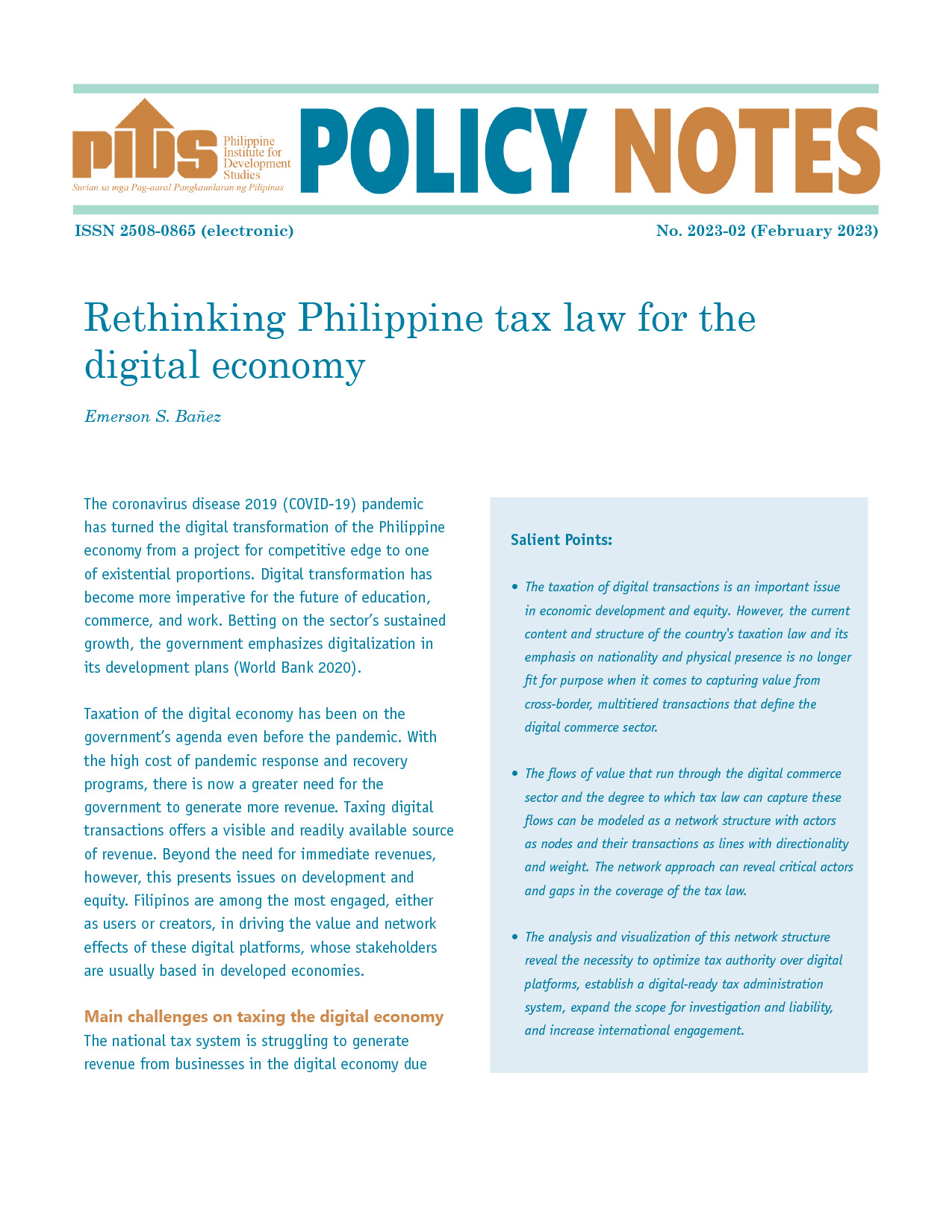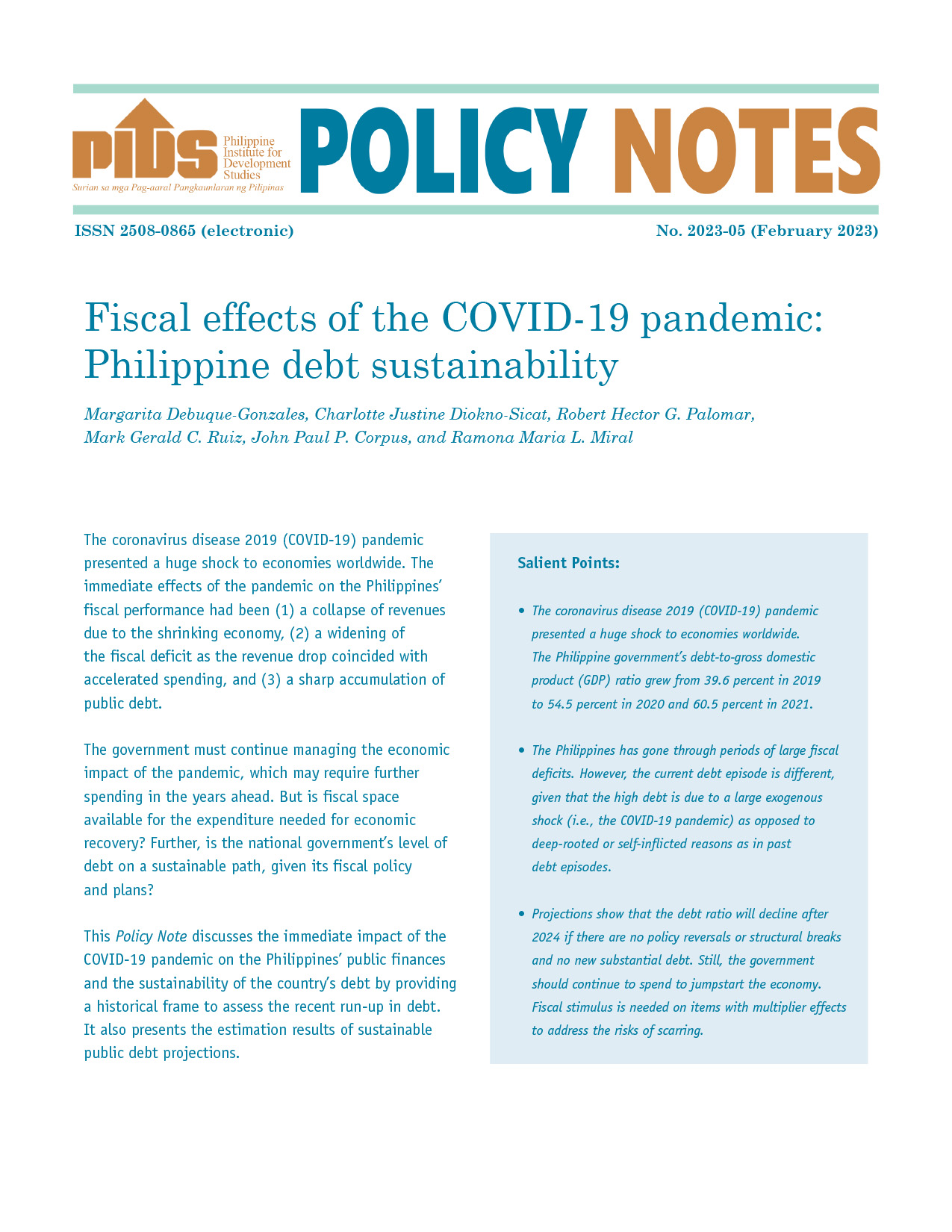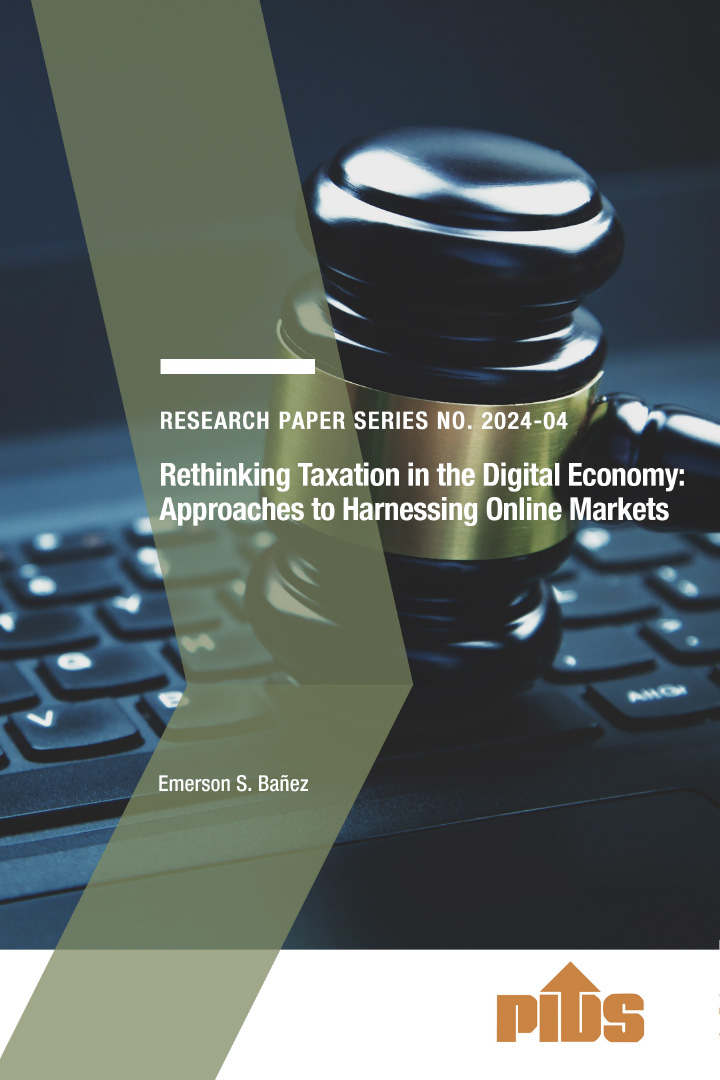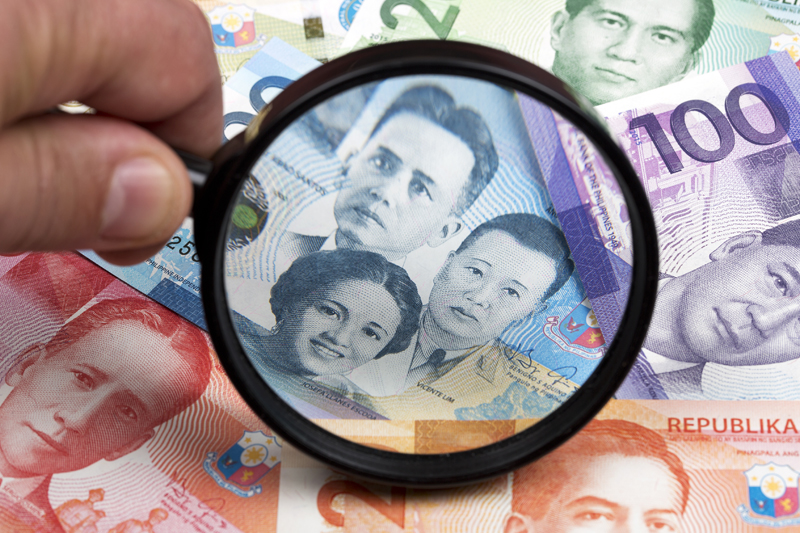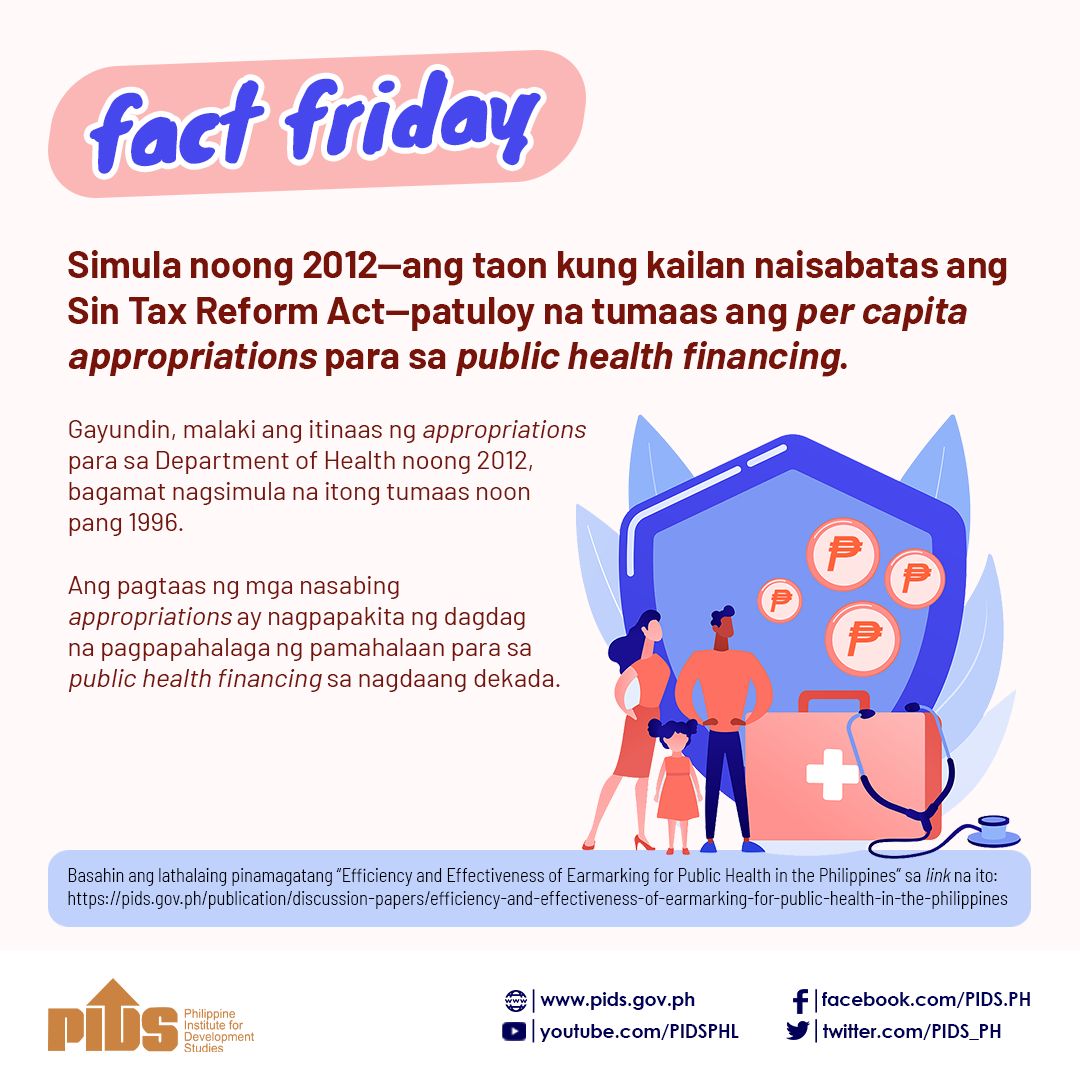Fueled by the optimism that Congress will approve the Comprehensive Tax Reform Program (CTRP), the Asian Development Bank (ADB) raised its growth forecast for the Philippines for 2017 and 2018.
In an Asian Development Outlook (ADO) Supplement, the Manila-based multilateral development bank said it now forecasts the Philippine economy to expand by 6.5 percent this year and 6.7 percent next year.
In the ADO report released by the ADB in April, the bank said growth this year would likely hit 6.4 percent and 6.6 percent next year.
Tax reform likely to be approved in the second half of 2017 will unleash purchasing power in 2018 through lower personal income tax,” the ADB said.
The CTRP has already been passed by the House of Representatives. However, the bill is still pending at the committee level at the Senate of the Philippines. It aims to address various issues in the country’s tax system, like the so-called bracket creep where low-income taxpayers “hurt more” than their high-income counterparts.
Bracket creep, Philippine Institute for Development Studies senior research fellow Rosario G. Manasan earlier said, has occurred because of the “nonindexation” to inflation of personal income-tax brackets. Manasan added this also means the coverage of each tax bracket does not take into consideration the current value of the peso. Apart from the passage of the CTRP, the ADB is confident the government’s massive infrastructure plan is already gaining traction.
The government aims to spend P8.44 trillion until the end of the term of President Duterte to address the country’s infrastructure deficit. In the next three years alone, documents from the National Economic and Development Authority showed the Three-year Rolling Infrastructure Program from 2018 to 2022 will cost P3.55 trillion.
This will finance 4,762 projects composed of 4,343 projects with a cost of less than P1 billion; 233 projects that cost P2.5 billion and above; and 186 projects costing P1 billion to below P2.5 billion.
The government is making progress in ramping up infrastructure investment,” the ADB said.
The recovery of the agriculture sector from the destruction caused by El Niño has also boosted growth and allowed the manufacturing sector to expand.
The ADB said the impact of the growth of these sectors will spill over to the rest of 2017 and even 2018. Economic growth prospects in developing Asia for 2017 have improved on the back of stronger-than-expected export demand in the first quarter of this year, according to the ADB.
In a supplement to its ADO 2017 report, the ADB upgraded its growth outlook for the region to 5.9 percent in 2017 and to 5.8 percent for 2018, from the earlier forecast of 5.7 percent.
Developing Asia is off to a good start this year with improved exports pushing growth prospects for the rest of 2017,” said Yasuyuki Sawada, ADB chief economist.
Despite lingering uncertainties surrounding the strength of the global recovery, we feel that the region’s economies are well-placed to face potential shocks to the outlook.
The ADB said growth projections for Southeast Asia are expected to remain at 4.8 percent in 2017 and 5 percent in 2018.
This will be boosted by strong performance of Malaysia, the Philippines and Singapore. This outlook can only be dampened by the slower-than-anticipated expansion in Brunei Darussalam.
Robust domestic demand—particularly private consumption and investment—will continue to support growth in the subregion, according to the report,” the ADB said. Consumer price inflation in the region is projected to be slower than previous estimates due to steady international oil and food prices despite increasing demand due to enough supplies and favorable weather conditions. Price inflation is now expected to drop to 2.6 percent in 2017 and 3 percent in 2018 compared to the original projections of 3 percent and 3.2 percent, respectively.
In an Asian Development Outlook (ADO) Supplement, the Manila-based multilateral development bank said it now forecasts the Philippine economy to expand by 6.5 percent this year and 6.7 percent next year.
In the ADO report released by the ADB in April, the bank said growth this year would likely hit 6.4 percent and 6.6 percent next year.
Tax reform likely to be approved in the second half of 2017 will unleash purchasing power in 2018 through lower personal income tax,” the ADB said.
The CTRP has already been passed by the House of Representatives. However, the bill is still pending at the committee level at the Senate of the Philippines. It aims to address various issues in the country’s tax system, like the so-called bracket creep where low-income taxpayers “hurt more” than their high-income counterparts.
Bracket creep, Philippine Institute for Development Studies senior research fellow Rosario G. Manasan earlier said, has occurred because of the “nonindexation” to inflation of personal income-tax brackets. Manasan added this also means the coverage of each tax bracket does not take into consideration the current value of the peso. Apart from the passage of the CTRP, the ADB is confident the government’s massive infrastructure plan is already gaining traction.
The government aims to spend P8.44 trillion until the end of the term of President Duterte to address the country’s infrastructure deficit. In the next three years alone, documents from the National Economic and Development Authority showed the Three-year Rolling Infrastructure Program from 2018 to 2022 will cost P3.55 trillion.
This will finance 4,762 projects composed of 4,343 projects with a cost of less than P1 billion; 233 projects that cost P2.5 billion and above; and 186 projects costing P1 billion to below P2.5 billion.
The government is making progress in ramping up infrastructure investment,” the ADB said.
The recovery of the agriculture sector from the destruction caused by El Niño has also boosted growth and allowed the manufacturing sector to expand.
The ADB said the impact of the growth of these sectors will spill over to the rest of 2017 and even 2018. Economic growth prospects in developing Asia for 2017 have improved on the back of stronger-than-expected export demand in the first quarter of this year, according to the ADB.
In a supplement to its ADO 2017 report, the ADB upgraded its growth outlook for the region to 5.9 percent in 2017 and to 5.8 percent for 2018, from the earlier forecast of 5.7 percent.
Developing Asia is off to a good start this year with improved exports pushing growth prospects for the rest of 2017,” said Yasuyuki Sawada, ADB chief economist.
Despite lingering uncertainties surrounding the strength of the global recovery, we feel that the region’s economies are well-placed to face potential shocks to the outlook.
The ADB said growth projections for Southeast Asia are expected to remain at 4.8 percent in 2017 and 5 percent in 2018.
This will be boosted by strong performance of Malaysia, the Philippines and Singapore. This outlook can only be dampened by the slower-than-anticipated expansion in Brunei Darussalam.
Robust domestic demand—particularly private consumption and investment—will continue to support growth in the subregion, according to the report,” the ADB said. Consumer price inflation in the region is projected to be slower than previous estimates due to steady international oil and food prices despite increasing demand due to enough supplies and favorable weather conditions. Price inflation is now expected to drop to 2.6 percent in 2017 and 3 percent in 2018 compared to the original projections of 3 percent and 3.2 percent, respectively.

